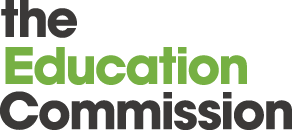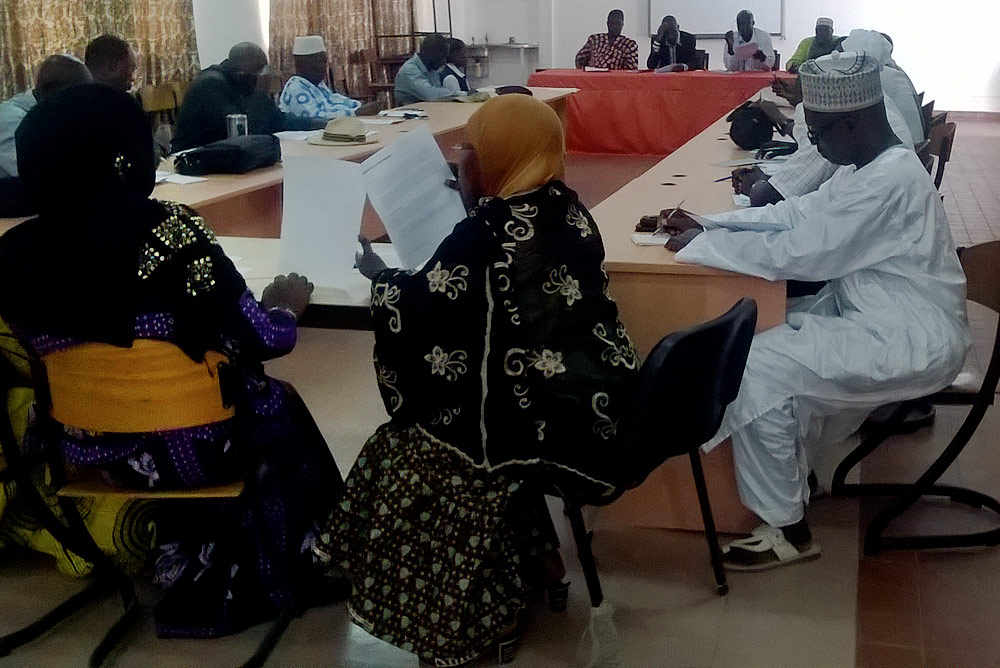Consultation Findings: Education for All Campaign Network-The Gambia (EFANet)
Recently, the Education for All Campaign Network-The Gambia (EFANet) in collaboration with UNICEF-Gambia organized a national consultation on education financing in response to the Education Commission’s call for global consultations with stakeholders. At the consultation, we discussed education financing and access to quality basic education in The Gambia.
The 1997 Constitution of The Gambia states that “all persons shall have the right to equal educational opportunities and facilities and with a view to achieving the full realization of that right.” Specifically, Section 30(a) of the constitution guarantees the right to a “basic education that shall be free, compulsory and available to all.” To date, The Gambian government has made major strides in fulfilling this constitutional provision. For example, the government has made tremendous efforts to increase the national budget allocation for education with the goal of increasing access to quality education. In fact, the country’s education sector regularly receives a great allocation of the national budget and has in some occasions met international benchmarks on education financing, although the percentage of budgetary allocation to the education sector is inconsistent and has been fluctuating. The Gambian government’s commitment to boosting domestic financing for education including increased budgetary allocation has also been complimented by donor support, particularly from the Global Partnership for Education (GPE). However, the bulk amount of the education budget is spent on administrative costs, such as teachers’ salaries, rather than improving direct teaching or learning outcomes. Consequently, it was noted that the country needs more innovative means of education financing, such as public-private partnerships, raising educational levies (especially on big companies), and leveraging corporate social responsibility for education.
Unfortunately, extreme poverty remains the biggest challenge to increasing access to quality education in The Gambia. Some households are too poor to pay the costs associated with sending their children to school. As a result, many families end up having their children focus on income- generating activities, such as farming and petty trading, rather than sending them to school. According to The Gambia Education Country Status Report of 2010, household education expenditure in 2009 stood at an alarming rate of 729 million GMD, which was equivalent to 2.8 percent of GDP (however, this was higher than the African average of 2.1 percent). In order to meet the rising costs of educational expenditures, the government levied school fees, which unfortunately limited access to basic education, especially to those from disadvantaged backgrounds. To respond, the government, with support from GPE, introduced the School Improvement Grant (SIG) initiative, which reduced the burden of school costs by abolishing all school levies and providing all children free access to education. The SIG was introduced by The Gambia’s Ministry of Basic and Secondary Education (MoBSE) starting in 2013 for lower basic schools, in 2014 for upper basic schools, and in 2015 for senior secondary schools. Since the introduction of the SIG, enrollment in schools has increased while dropout rates have decreased significantly. The SIG has also contributed to closing the education gender gap. Yet, despite the fact that many parents are appreciative of the SIG initiative’s help in reducing the burden of school costs, many parents also lament the lack of financial support for essential school-related items, such as school uniforms, text books, etc.
Regardless, the country has achieved remarkable success over the years in its goal to achieve education for all. In fact, the national gross enrollment rate (GER) now stands at 97 percent thus making The Gambia’s ranking considerably high among other sub-Saharan Africa countries (the average GER of sub-Saharan Africa is 69 percent). Despite this progress, significant regional disparities in education attainment still exist. For example, urban areas have achieved near universal access to lower basic education while the most deprived rural region (the Central River Region) has a GER of 63 percent. In addition, most of the progress has been in addressing access to education, while the issue of quality education remains a major challenge. In order to improve the country’s quality of education, current efforts must be directed towards improving teaching and learning outcomes. An incentive package commonly known as hardship allowance has also been introduced to attract and retain qualified teachers in rural areas with the goal of boosting their performance.
The gender gap in education continues to persist at upper levels. Gender parity has been achieved at lower basic education level, but retention and performance of girls in upper and senior secondary levels continue to be a major challenge due to various factors, such as early marriage and preferences by families to advance and continue boys’ schooling over girls. Moreover, despite the constitutional provision, the issue of compulsory education is yet to be enforced in The Gambia. The preference for religious education and discrimination against children with disabilities also remain issues that need to be addressed in achieving greater equity and inclusion in education. However, advocacy efforts from growing civil society have achieved some success in improving gender parity and inclusion in education. Most importantly, the implementation of sound education policy by public bureaucrats has been instrumental in improving access and learning outcomes. Therefore, strong monitoring and evaluation systems are also crucial to supporting effective education planning in the country.
Siyat Gaye is the National Coordinator for the Education For All Campaign Network/The Gambia.

